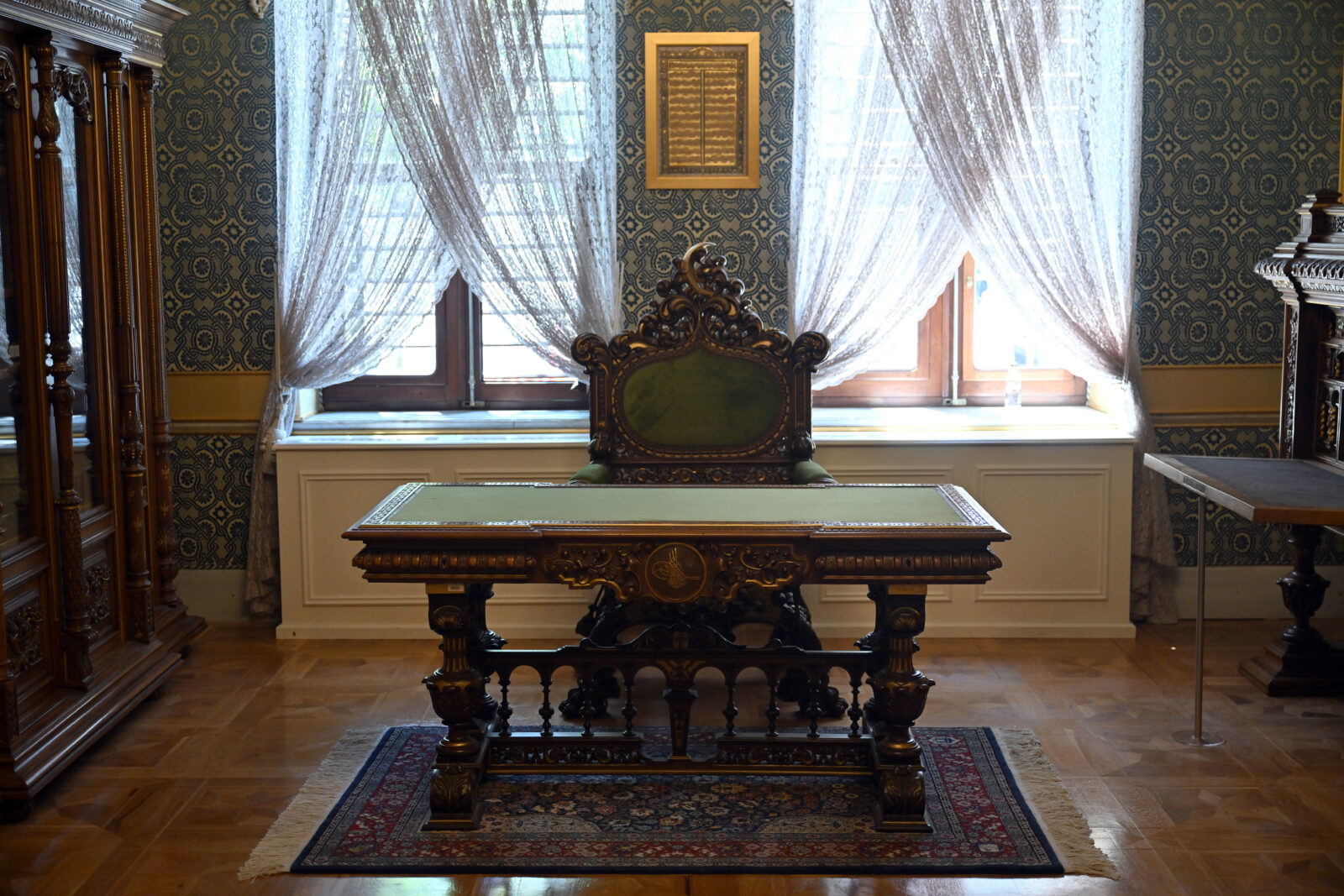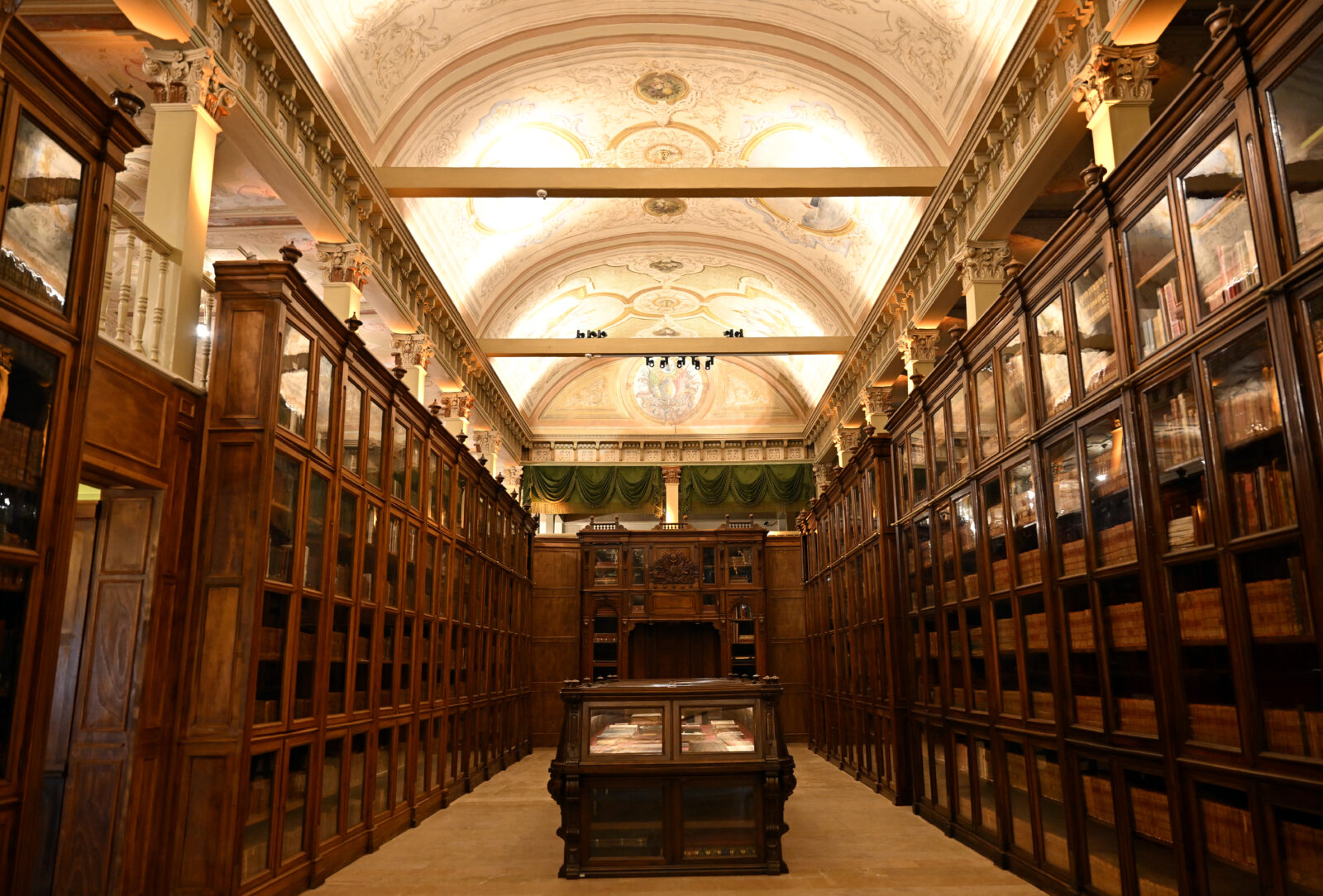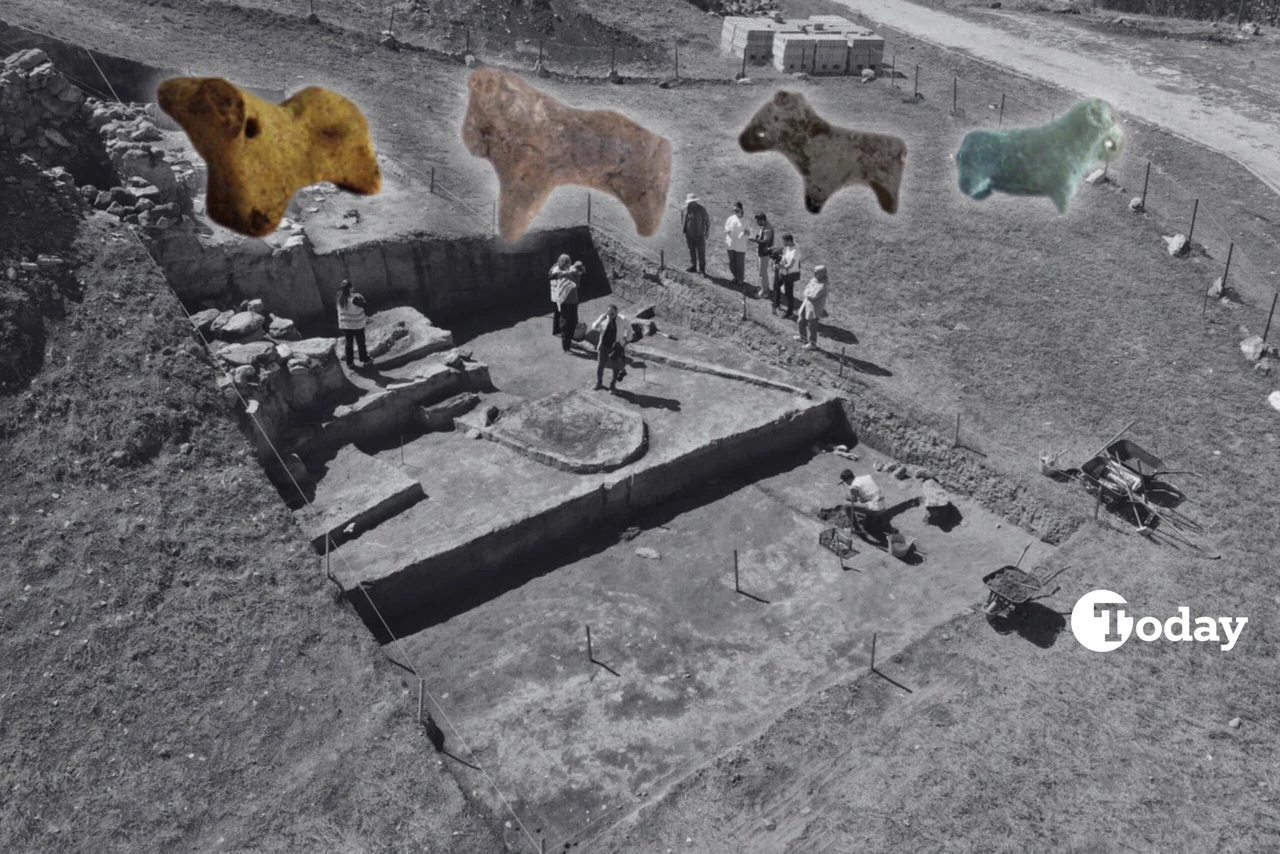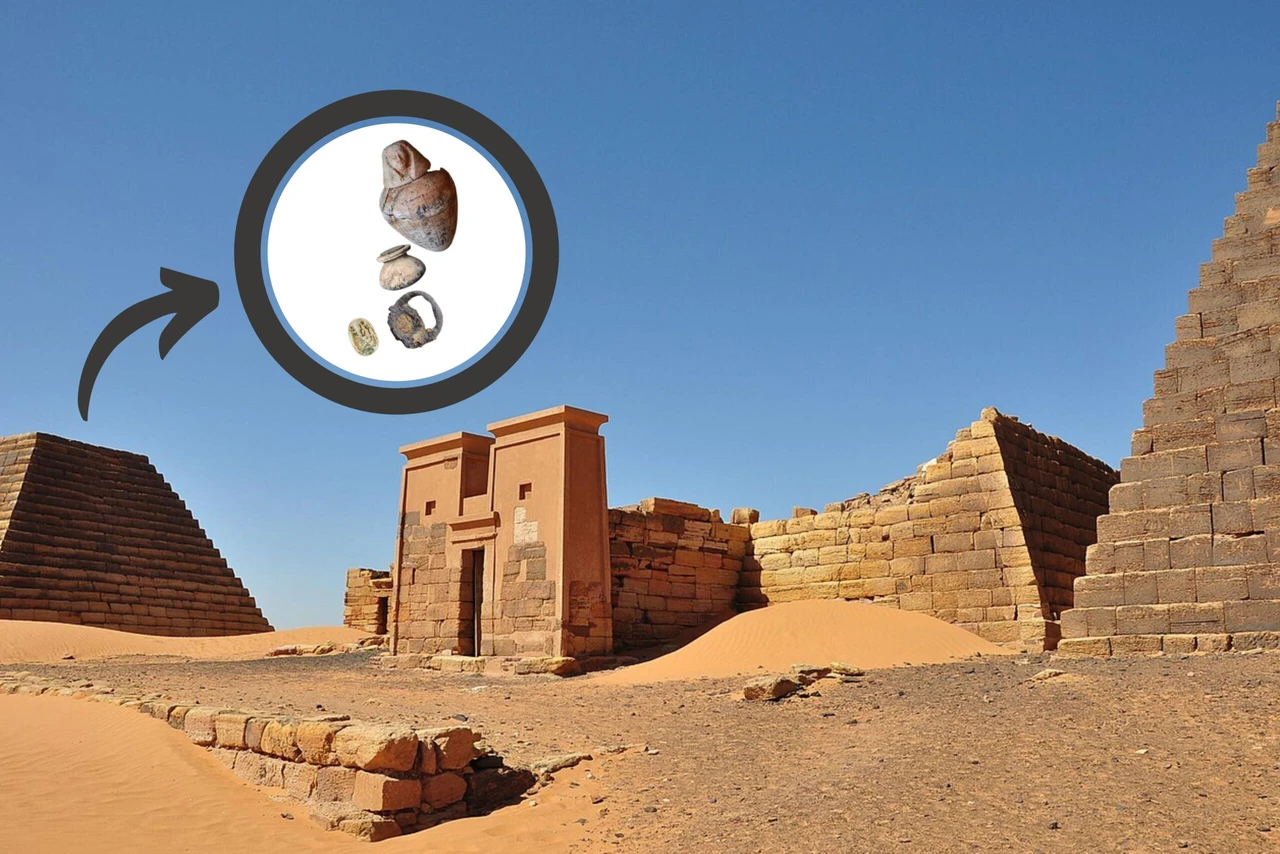Yildiz Palace reopens after 100 years: The last seat of Ottoman imperial power
 A view of Grand Mabeyn Pavilion after restoration at Yildiz Palace in Istanbul, Türkiye on July 17, 2024 (Photo by AA Photo)
A view of Grand Mabeyn Pavilion after restoration at Yildiz Palace in Istanbul, Türkiye on July 17, 2024 (Photo by AA Photo)
The last palace of the Ottoman Empire and witness to numerous historic events, Yildiz Palace, will open its doors to the public on July 19th. Built by Sultan Selim III and expanded during the reign of Sultan Abdulhamid II, a press conference was held to discuss the restoration process of the Yildiz Palace complex, during which the President of National Palaces, Yasin Yildiz, made significant announcements.

Rediscovering historical and cultural heritage
Yasin Yildiz highlighted the importance of Yildiz Palace in terms of Türkiye’s historical and cultural heritage, stating, “We are announcing to both our country and the world that one of the largest of the five palaces surviving from the Ottoman Empire will meet local and international visitors in a few days.”
He explained that Yildiz Palace had been used for various purposes under different state institutions since 1924. The restoration process, which began under the leadership of the Presidency in 2015, gained momentum after being taken over by the National Palaces Administration.

Restoration process and visitor fees
Yildiz said, “We have passed a significant milestone in the restoration work carried out by hundreds of our colleagues for five and a half years. We have largely completed the restoration of the palace.”
Regarding visitor fees, Yildiz noted, “When National Palaces first open, they can be visited free of charge for a certain period. We have not yet determined an entry fee for this place. However, the museum card convenience is always available.”
He also mentioned that Edirne Palace would be opened to visitors in the coming years.
Sections opening to visitors for first time in history
Yildiz Palace, with its restoration, conservation, and landscaping completed, will host visitors starting from July 20th, following the official opening by President Recep Tayyip Erdogan on July 19th. Several structures, including the “Great Mabeyn Pavilion,” “Cit Pavilion,” “Small Mabeyn Pavilion,” and “Harem Apartment,” will be open to visitors for the first time in history.
Additionally, the “Hamid Garden,” admired for its plant diversity and waterway resembling a natural river, will also be accessible after the opening.

Manuscripts and Yildiz Albums
Among the manuscripts to be exhibited for the first time are the divan written by Sultan Suleiman under the pen name “Muhibbi,” Matrakci Nasuh’s book on Sultan Suleiman’s Iraq campaign, Katip Celebi’s “Cihannuma,” and examples of the Quran by famous calligraphers.
Furthermore, works shedding light on Sultan Abdulhamid II’s life and leadership, his library, and carpentry shop, as well as selected photographs from the Yildiz Albums, will be presented to history and art enthusiasts.
Historical significance of Yildiz Palace
The Yildiz Palace complex holds particular significance as the last palace of the Ottoman Empire. Taking its final form during the reign of Sultan Abdulhamid II, it served as the state’s administrative center and the Sultan’s residence for 33 years.
The palace lost its importance after Sultan Abdulhamid was dethroned in 1909 and was entirely closed to the outside world with the abolition of the sultanate in 1922.
Yildiz Palace was allocated to the Military Academy in 1924 and used as the “Military Academies” from 1946 for a long period. The complex served under the Ministry of Culture in 1978, was connected to the Presidency in 2015, and was transferred to National Palaces in 2018.
The Yildiz Palace complex, located on Yildiz Hill in Besiktas, spanning an area of approximately 500,000 square meters, will be open to visitors every day except Monday.



